Hardie Board vs. Stucco (Siding Guide)
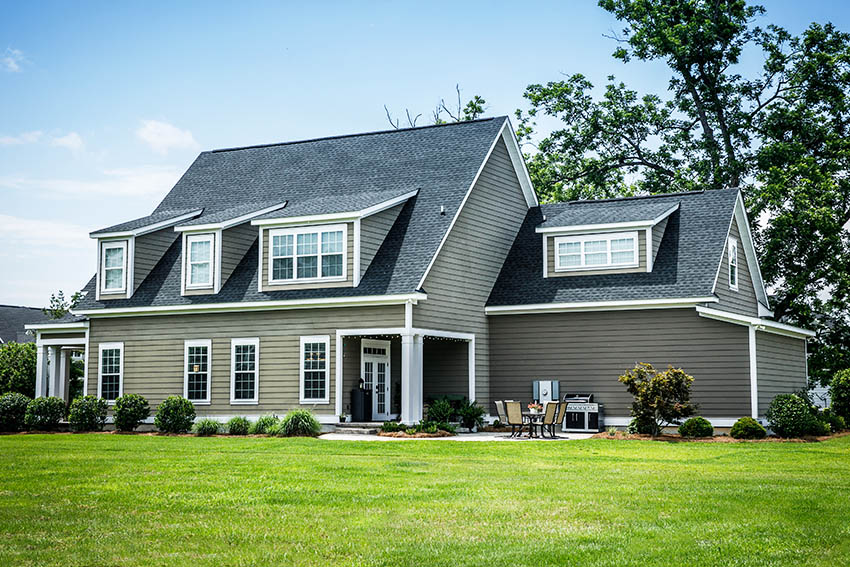
Fiber cement, or Hardie Board, is a family of building products created by James Hardie Building Products in Ireland. Hardie board is a cement-based material used to manufacture products formed as planks, trim, soffits, panels, and siding for residential and commercial use. When homeowners decide to replace the siding on their home, or if purchasing a new build, they have many options. Hardie Board and Stucco are two of those durable and long-lasting options.
What is Hardie Board?
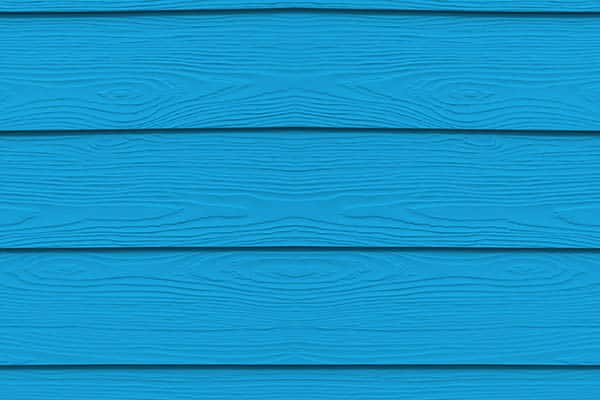
When James Hardie moved from Scotland to Australia in 1888, he set out to start a new company and was joined by a close friend from Scotland in 1892. The company, tanning hides, and oil products were successful, and Hardie retired in 1911. His partner took over and made it a family business, becoming a world leader in manufacturing building products. The invention of fiber cement products in the 1980s led to fiber cement boards and products today, often called Hardie boards.
Fiber cement is a form of cement mixed with 8 to 10% wood fiber and either fly ash or silica sand giving it extra durability and allowing the product to dry flexible, somewhat similar appearance to synthetic stucco. These boards last for years and require little maintenance.
Hardie comes in several forms used for exterior siding, including:
• Lap siding
• Long boards
• Panels similar to vertical board and batten
• Shingles
This versatile product has a characteristic hard to match—bugs such as termites hate it and can’t do damage to it, and Hardie board is water-resistant.
What is Stucco?
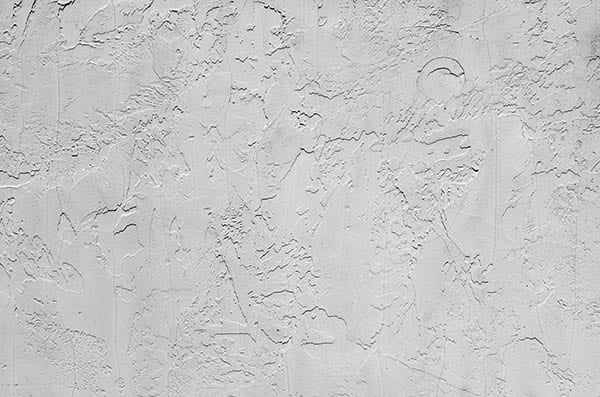
Stucco is a mixture of Portland cement, sand, and lime. This powder product is mixed with water at the time of installation to create a paste. Stucco paste is applied over lath or mesh or directly to smooth stone surfaces. Typically layered, stucco creates a strong surface with fire-retardant properties and lasts 50 to 80 years. However, it is susceptible to moisture damage and cracking and requires regular maintenance.
Which is Better, Hardie Siding vs Stucco?
In a side-by-side comparison, hardie board siding is just as long-lasting and durable as stucco. It’s resilient to wet climates and handles temperature changes well. Hardie siding products are formed in molds, allowing choices of color and various textures that mimic wood, brick, or cement. Another great feature of fiber cement is its ability to be painted or repainted with alkali paint to freshen it up or change its color.
Stucco is also a great choice for siding, offering the same durability and long-lasting life as Hardie board, but stuccoed surfaces are very susceptible to moisture and bug damage. When considering both types its important to consider your home’s location. Stucco performs well in dry weather conditions, however, areas of extreme humidity or rainfall may cause a stuccoed home exterior to crack.
Unlike fiberboard products, textured cement finishes require more maintenance, and painting could mean extensive surface preparation is needed. Stucco and Hardie board have fire retardant properties. Both slow down the spread of fire from the outside by almost an hour, giving the occupants time to get out.

Cost of Hardie Siding vs Stucco
While stucco materials and labor average $7.00 to $10.00 a square foot to install, Hardie board siding comes in at an average of $6.00 to $10.00 a square foot for materials and installation. Costs vary between locations around the country and the climate but do not change greatly. Other types, such as lap boards or shingles, will cost more or less than the boards.
A home with 1200 square feet of exterior wall that needs siding would cost $9,600 to install with Hardie boards or $10,200 for stucco. (average cost for materials and contractors)
Hardie board siding runs a bit less than stucco siding, and both provide premier siding with durable resilience but the boards are much more resistant to moisture damage from the elements. We have more in-depth information about the cost to stucco a house on this page.
Can You Put Hardie Boards Over Stucco?
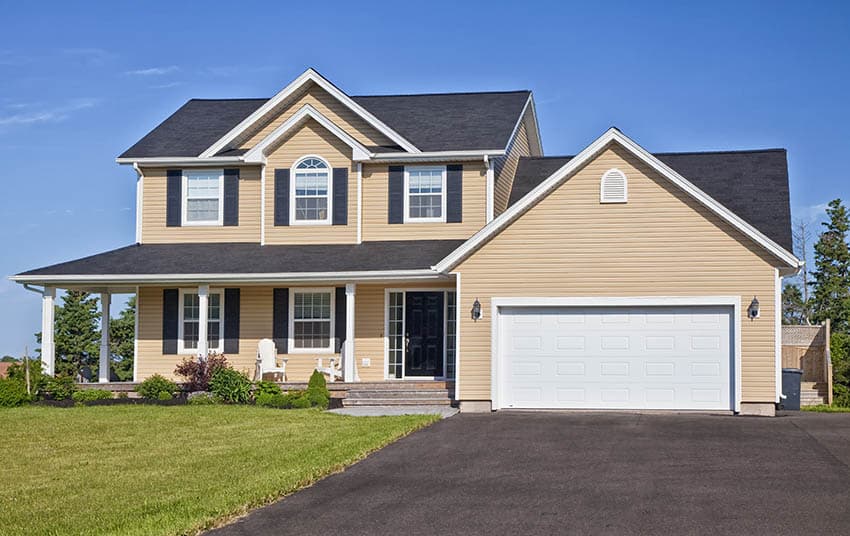
Yes, Hardie board siding can be installed over stuccoed walls, and there are two options concerning the existing surface. Complete stucco removal is a large and tedious job that may lead to other damage to the exterior walls of a home. The benefit of removing stucco is that it will reveal rot, mold, bugs, and termite damage, and water infiltration. The cost of repair may be more or less expensive than complete removal. The age and type of the texture also affect whether to remove the material.
If existing stucco doesn’t need to be removed, bulging or warped areas must be flattened for a level surface. The stucco siding will need furring strips installed every 15 inches to fasten the Hardie board. It’s recommended that closed-cell foam boards be installed between the furring strips to provide packing in case the siding is bumped. The uneven space between the furring strips may allow cracking. Only a professional should install Hardie board over stucco.
Read more about stucco vs siding on this page.

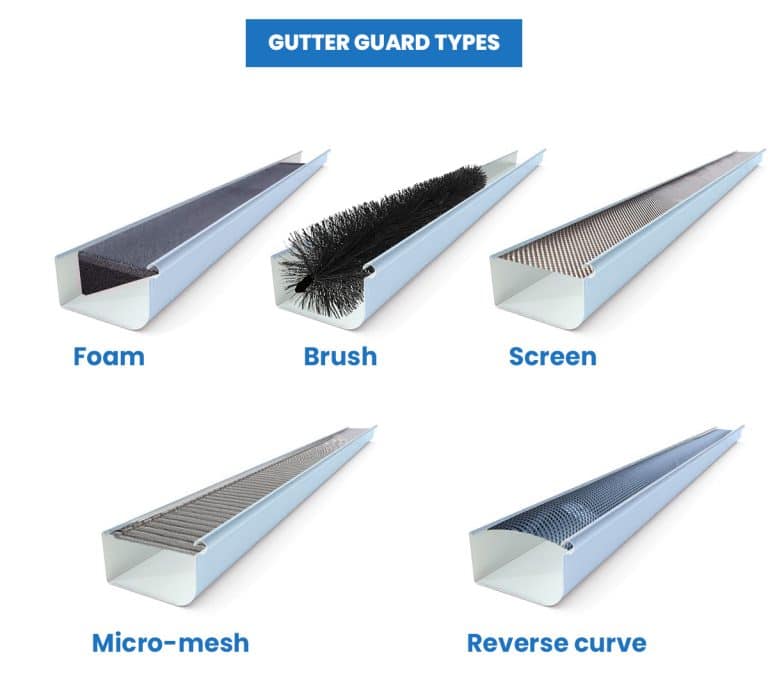
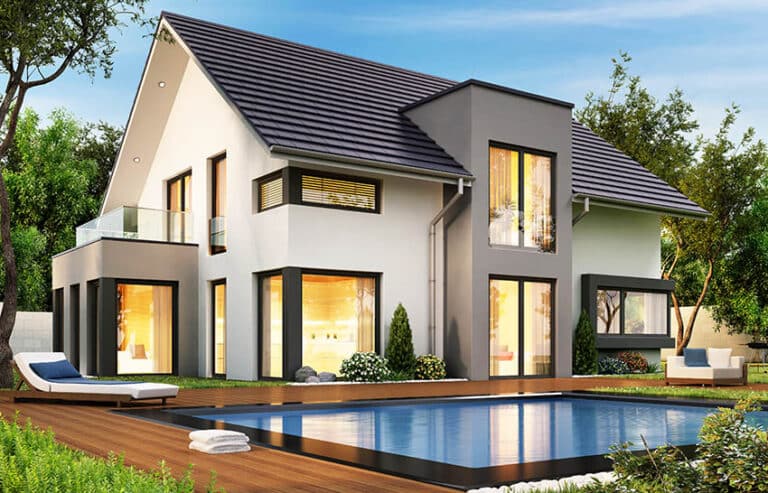
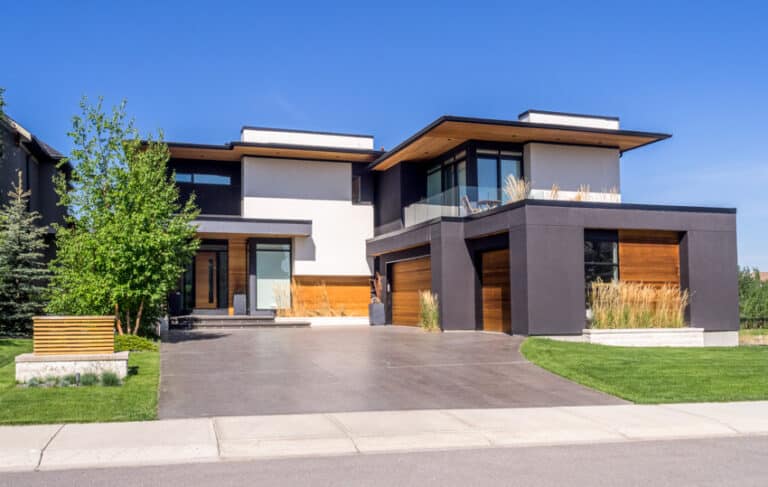


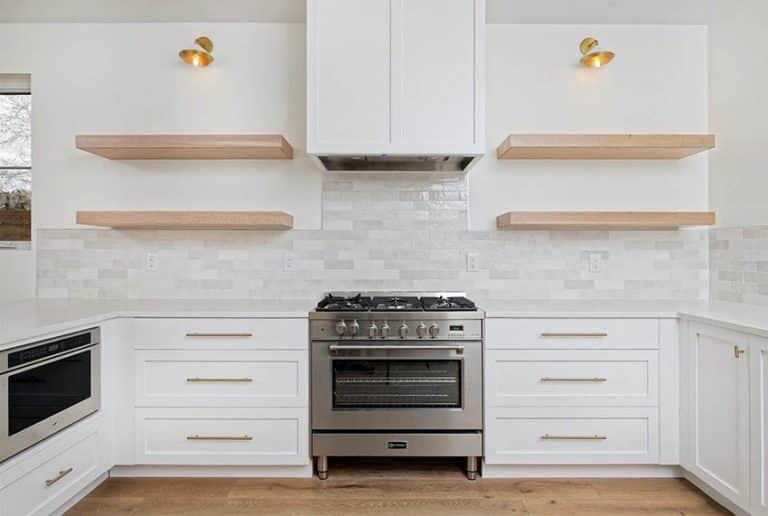
Cindy Valenti,
When I designed and built my current home back in 2009—which I designed myself in it’s entirety from scratch inside & out; I chose board & batton Hardie board. I have been thrilled with my choice; it’s definitely an exceptional building product that I’ve noticed has picked up in popularity since building my home, but I never imagined I’d be designing and building my second home, so of course I get to change all the things I would do differently with the second, but I also get to choose between the materials I had a hard time choosing between the first go round and try some different for this build, so I decided to compare, look into the cost, pros & cons of Hardie board and stucco for this new construction build—your story/contribution was the first I came across and read.
I’m writing you today to request clarification on a specific topic that as I’ve read and understood it; has been written stating one thing and in the following paragraph states the opposite and is contradictive to the previous. Because the topic includes the main subject and gives relevance to your story; I wanted to bring it to your attention, ask you to review the topic and entries as written and respond.
I have quoted the two entries below which you’ll find in quotations below; I have not changed or entered them in my own hand; I have simply copy/pasted them, added [. . .] where the sentences continue and added quotes—nothing more. Maybe it was a typo, an editing mishap or simply a contradiction overlooked before you published, so I’ll call you attention to the specific topic I wish you to clarify in case it’s not obvious to you in the quotes below.
You state the estimated cost by exterior square foot for both stucco & Hardie board (Hardie being the more expensive) in the first, in the second you contradict that info by stating Hardie board is less expensive than stucco, please provide clarification.
• Claim №1
“A home with 1200 square feet of exterior wall that needs siding would cost $12,000 installed with “Hardie boards or $8,400 for stucco. . .”
• Claim №2
Hardie board siding runs a bit less than stucco siding. . .”
I hope you will also update this information on the site so others looking at your contribution for information on this topic won’t be confused or skim the details and take the high notes the remember or take false “truths” from them.
I thank you for your time, assistance and consideration,
Naomi
Thank you for your detailed response. We’ve updated the content to help clarify the answer. Prices are always changing, but in our experience fiber cement siding is slightly less expensive than stucco.